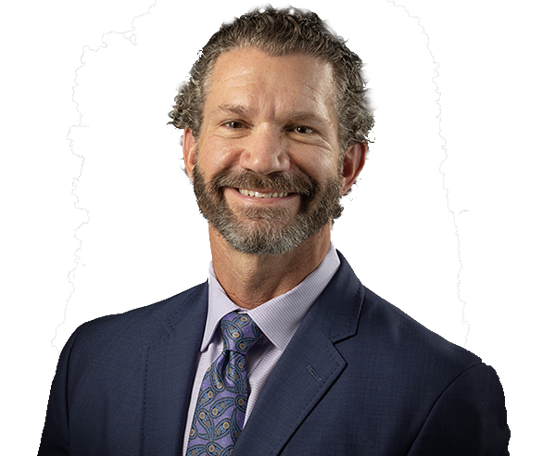Posterior Cervical Laminectomy and Fusion
Posterior cervical laminectomy and fusion is a surgical procedure performed to decompress the spinal cord and nerve roots in the cervical region of the spine. Some of the spinal conditions that may compress the spinal cord and nerve roots include disc degeneration, bulging or herniated disc, spinal stenosis, and spondylosis. Nerve compression may result in neck pain and /or arm pain. The “lamina” is a bony plate or layer that covers and protects the spinal cord, and “ectomy” means to remove. The aim of this surgery is to alleviate neck and/or arm pain and stabilize the spine, by decompressing the spinal nerves and the spinal cord in the cervical region.
A cervical laminectomy may involve a partial or complete removal of the herniated disc that is exerting pressure over the spinal cord or the nerves surrounding the spinal cord.
During cervical laminectomy a portion of the ligamentum flavum, a yellow ligament that connects the laminae of the vertebrae, is also removed. As a part of the aging process, the ligamentum flavum can thicken, compressing the spinal cord and nerve roots, resulting in spinal stenosis. The removal of the ligamentum flavum relieves the pressure over the spinal cord and the nerve roots.
Before surgery
Your doctor will explain the surgical procedure, its risks and benefits, and answer all your other surgery related queries, before the procedure. A medical health clearance is required, from your physician, for the surgery. Blood tests, X-rays, or other imaging tests may also be ordered to assess your medical condition.
Procedure
The surgery is performed under general anesthesia. The patient is placed in a face down position, on the operating table. X-ray or fluoroscopic guidance is used to enhance the visualization of the operative field, during the procedure. X-rays are taken to confirm the level of the affected cervical vertebra. An incision is made at the back of your neck and the muscles and soft tissues are moved aside to expose the lamina. The lamina and spinous process, projections of bone which can be felt as you rub your fingers along the back of your spine, are removed to access the spinal cord and nerve roots. Any disc fragments, and/or other tissue, causing nerve compression, may also be removed or trimmed. This releases the pressure over the spinal cord and the nerves. Fusion involves use of bone graft, inserted into the space between the affected vertebrae, to stimulate new bone growth. Screws and rods are used to hold the vertebrae together during the healing process.
Posterior cervical laminectomy and fusion utilizes a minimally invasive technique with small incisions and minimal damage to the muscles and soft tissues.
After surgery
After your surgery is completed, you will be moved to the recovery room where your vital signs will be closely monitored by the medical staff. After the surgery you may experience slight discomfort, pain at the incision site, neck or back muscle spasms, or other related symptoms. Your surgeon may suggest a cervical brace to you, to provide stability and support during the healing process.
Post-operative care
You will need to take care of your incision, keeping it clean and dry. Avoid heavy lifting, smoking, driving, and using hot tubs and swimming pools. You can begin exercise or physical therapy as per the instructions given by your surgeon. You should take your medications as prescribed by your doctor. Also, arrange a follow-up appointment with your doctor to assess your recovery.
Risks
The potential risks and complications with posterior cervical laminectomy and fusion include infection, bleeding, problems with anesthesia, and nerve injury.
Warning signs of infection include pain, redness, swelling, or alteration in the quantity or smell of the drainage, or elevated temperature, usually above 101° F. if you experience any of these symptoms, you should contact your doctor. Also, inform your doctor if you experience bowel and bladder dysfunction or numbness over the genital area.














